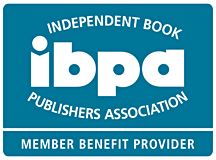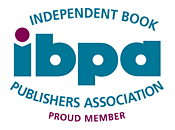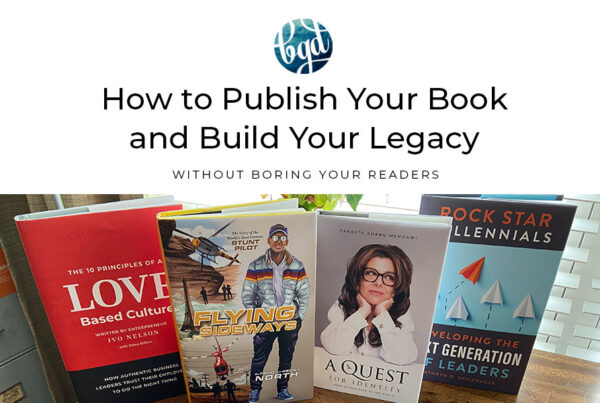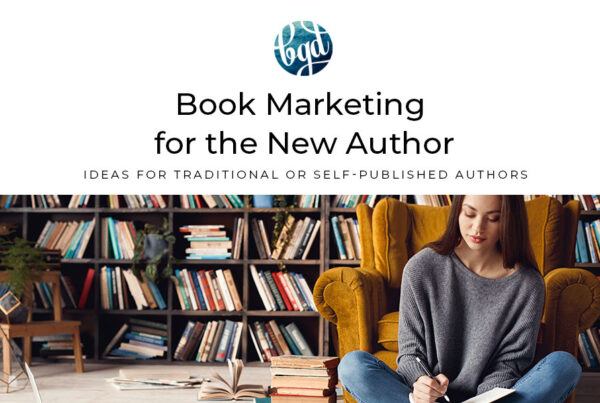HOW TO BUILD A BUSINESS | LESSONS FROM 30 YEARS OF ENTREPRENEURSHIP
Have you ever wondered what tools graphic designers used before they had computers?
This month I’m celebrating 30 years of business as a graphic designer, a published illustrator, an award-winning book designer and a seasoned entrepreneur. It’s interesting to reflect on all the changes that have taken place with technology since I began my career.
I began in the design industry in 1984, a few years before an entirely new industry called “desktop publishing” would replace the commercial art world. The term “graphic designer” wasn’t even a common term in use in those days. Nobody knew about a “worldwide web” that would change the entire world within 10 years. We just did the next thing.
So how was design done back then? What was involved in the process and what tools were used before software and hard drives got involved?
MY FIRST JOB
When I began in 1984, I had the unique opportunity to learn graphic design layout in the commercial art industry. This was before computers, when all the layout work was done by hand. The artwork was made to size and then photographed for printing. My dad’s cousin was a commercial artist and had a small advertising company which produced grocery ads, print ads and large window signs for all types of mom and pops shops. He hired me to “ink” or hand-letter the grocery ads each week. I had taught myself hand lettering as a teenager and had developed my skills as a calligrapher.

Various tools used by commercial artists and hand letterers before computer aided design.
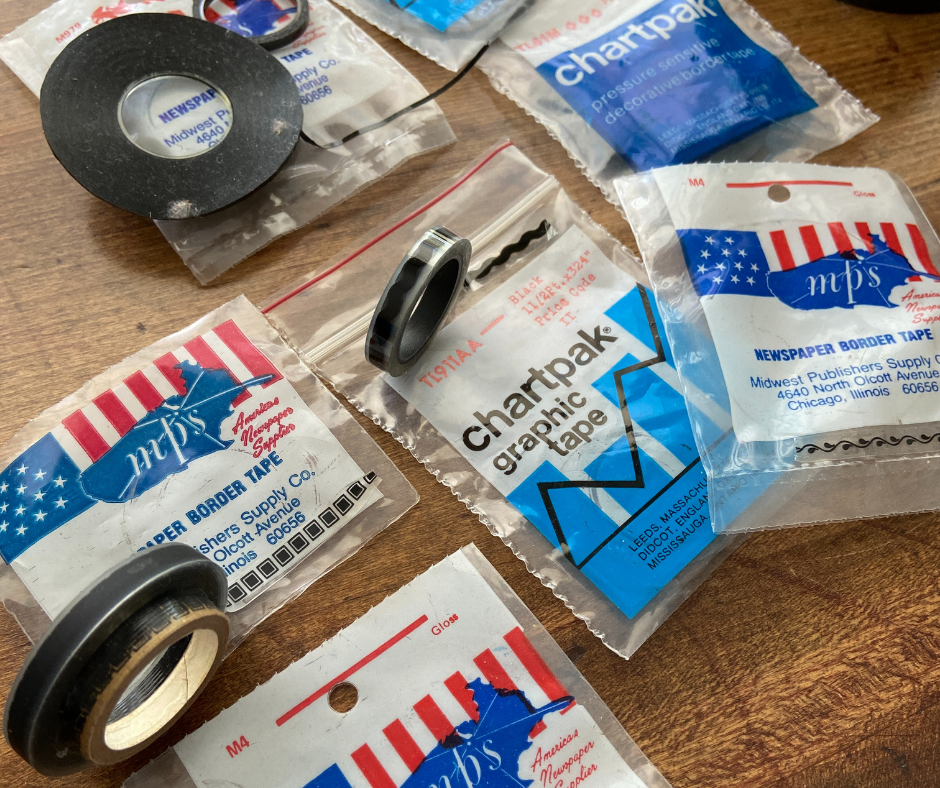
Special tape used before computers by commercial artists to add straight and decorative lines to artwork.
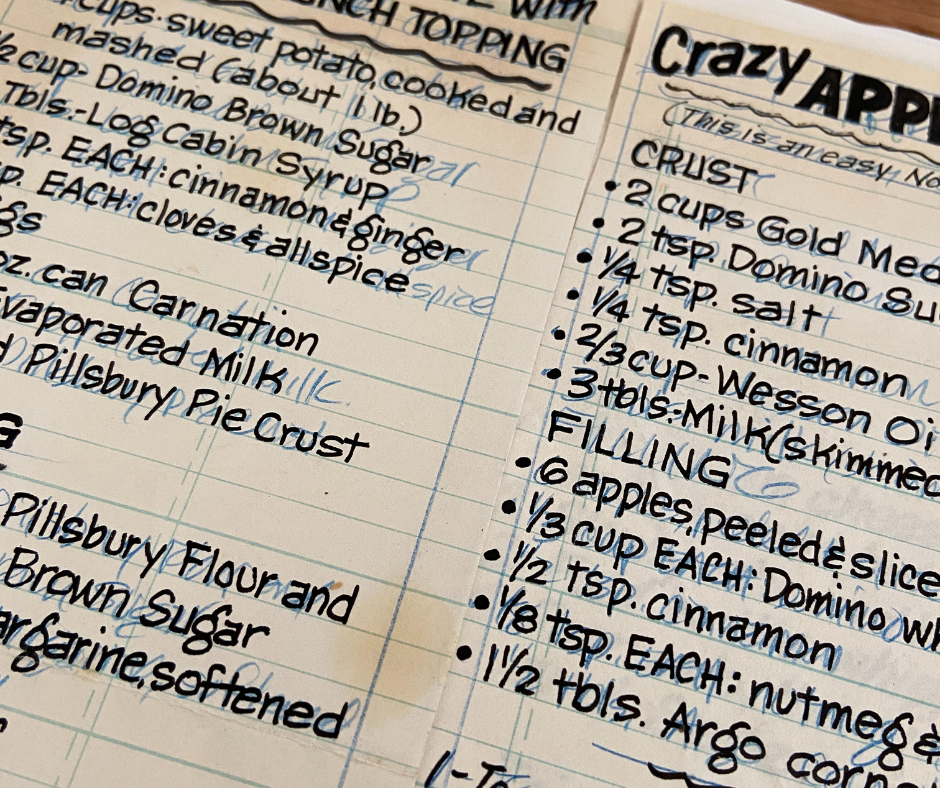
This is an example of the sketched in information (blue words) that I would hand letter over the top of his words with india ink.
He and his wife worked as a team to produce the ads 52 weeks a year. He penciled in the weekly specials on large 18 x 24-inch white paper that had a grid of light blue lines, (the lines were blue and the pencil was blue because that color was not “seem” by the camera during the print process).
PRODUCING COMMERCIAL ARTWORK
Many of the items needed a “slick” of the product the store was advertising. These glossy, black, and white images were provided by the food companies and delivered on a regular basis to the advertising agencies. They came on 8.5 x 11 glossy sheets with multiple sizes, products, and logos of each item. His wife had an elaborate paper file system of all these product images and each week found just the right image for each item on the circular. We usually did a four-page spread, plus an insert to make it 6 pages total and each page could contain 30-40 items each. On average she would be finding and pasting up 100-150 different slicks a week. “Pasting up” was literally using rubber cement and sticking the slick onto the paper next to the item being advertised. We used rubber cement because it allowed us to reposition, reuse and replace the slicks as we needed.
INKING THE COPY

One of the finished pages we hand lettered for a local grocery chain each week.
Once the ad slicks were added to the penciled copy, I was given the large paper and starting from the top, I quickly “inked in” all the words. My tools were Speedball or Higgins India ink and wooden nib holders with various metal nibs. I had 6 of these calligraphy pens in a distributor cap ready for the work, each nib was a different size to create the different sized words. If I made a mistake, misspelled a word, or didn’t plan the spacing well, I had to wait until it was dry and then cover it with a product called White-Out, wait for that to dry and then reink it. I had a permanent callus on one of my fingers from the use of the pens and it was often black from the ink.
THE PRINTING PROCESS
The printing was done with black ink on a special yellow paper to bring attention to the inserted ad. Any lines were added with special newspaper tape, they had many different designs to choose from.
To add the color – Rubylith was applied before the printing plates were made. This light-safe, knife-cut film was used to mask off areas where color would be applied on the second run of the press. This overlay was hand cut with an x-acto knife.

Another example of the finished pages we hand lettered for a local grocery chain each week. The dates on the coupons indicate this was done for the week of April 26, 1998
HAND-DELIVERED ART
Once each page was completed the art was hand-delivered to the downtown newspaper print shop. There the plates were made, printing was done, and it was inserted into the weekly Sunday paper. I now appreciate the responsibility they had to complete the ad each and every week and to deliver it no matter what the weather. This was a big deal since we lived in Syracuse, NY where snowfall each year averaged over 100 inches.
After 30 years as a digital designer, I am in awe of the work my cousin did each week. Given the quantity of items, I can only imagine the challenge it was to place them all correctly. In design today, changes are as easy as the edit key, but he managed all changes with an eraser, white-out and when it was really a bad mistake – scissors!
END OF AN ERA
I worked for my cousin and his wife for 13 years. Those years gave me a hands-on education in entrepreneurship that was priceless. They not only taught me design skills, they showed me how to run a business, deal with clients and consistently produce quality work. They gave me so much more than a job and I’m truly grateful. I’ve built a business for myself and now share the wisdom I learned from them with others.
RESOURCES
Although I no longer hand-letter as a job, I still enjoy the art and letter when I can. I love the new tools available today but still enjoy the feel of a steel nib in my hands and the ink on the paper. I taught myself the skill as a teenager with just a few books and lots of practice, even without YouTube! 😊 I often took notes in class using the first calligraphy markers and that consistent practice gave me the muscle memory I needed later to letter for hours at a time.
If you’re interested in teaching yourself the art of calligraphy, I’d recommend the following tools and books. I’ve also listed several of my favorite calligraphers which I follow for inspiration.
Books –
Pretty Simple Lettering: A Step-by-Step Hand Lettering and Modern Calligraphy Workbook for Beginners
Calligraphy in Ten Easy Lessons (Lettering, Calligraphy, Typography)
Pen Sets and Ink –

U.S. Art Supply 35-Piece Calligraphy Pen Writing Set
Calligraphy Kit:
A complete kit for beginners
Inspiration –
Becky’s Graphic Design is a participant in the Amazon Services LLC Associates Program, an affiliate advertising program designed to provide a means for sites to earn advertising fees by advertising and linking to amazon.com.
Next up:
FROM HAND-LETTERER TO SMALL BUSINESS OWNER
The next stage of my journey began out of necessity, I never expected to be a small business owner, but it was definitely the right choice for many reason. My path to entrepreneurship is similar to many who choose to build a business:
- I realized I had a service to offer which was in demand and people needed often.
- I discovered a market to serve, and continued to build my services to offer more to them.
- Entrepreneurship offered a flexible schedule which allowed me to work from home.
- I was willing to work hard to make it successful.
Have you ever considered starting your own business? I hope I can inspire and encourage you to weigh all the options and decide if it’s the right path for you. Entrepreneurship is a great opportunity to push beyond the limitations and challenge yourself! Over the next few posts I’ll be sharing the lessons I learned over the last 30 years, so you can build your own legacy!







